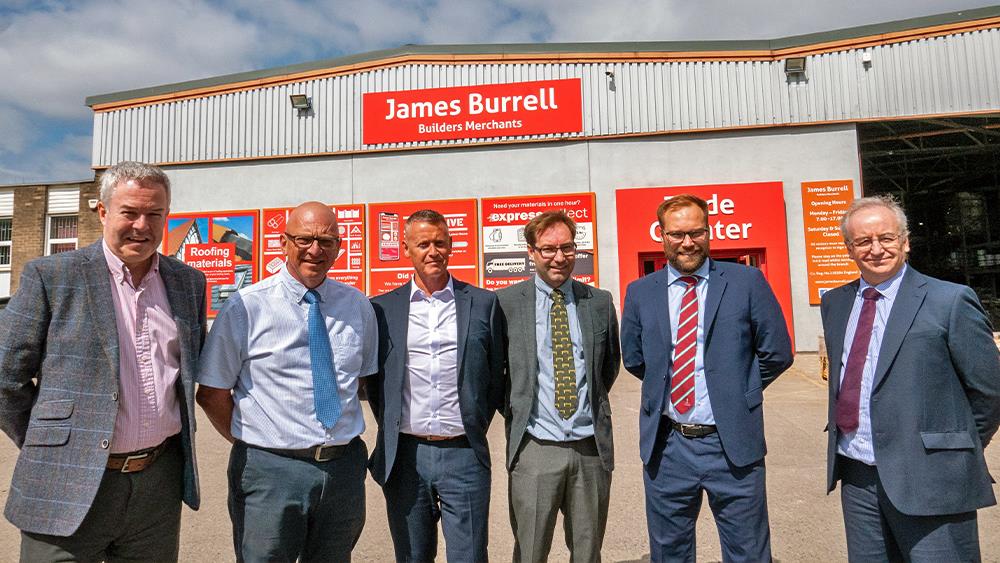

James Burrell Ltd has published its accounts for the year to October 2024 showing a decrease in Turnover and EBITDA.
Turnover and EBITDA for the year to October 2024 are down in the recently filed accounts of James Burrell Ltd. However, after a challenging year for the industry and the business, the early months of 2025 are seeing an improvement in activity and performance on the back of growth in some sectors of construction output.
The family-owned and managed builders’ merchant reported turnover of £95.1 million, down from £108.2 million achieved in 2023. Similarly, EBITDA also decreased to £0.5 million versus £2.9 million in the previous year.
Established in 1877 and with the next generation of family pushing into senior management positions alongside Managing Director Mark Richardson and Chairman Steve Richardson, who jointly own the business, the North East and Yorkshire independent builders’ merchant remains very proud of its longevity and heritage as it edges closer to its 150th year of trading.
In his statement accompanying the 2024 accounts, Managing Director Mark Richardson identifies ongoing inflationary measures and a slower than anticipated reduction in interest rates as the reasons for economy-wide nervousness, meaning challenging conditions remained throughout.
During the year, the company implemented a completely new ERP software system. The investment value of this project exceeded £1 million and went live in June 2024 and is anticipated to enhance operational effectiveness and efficiency and have an expected minimum life span of 20 years.
This is expected to complement the exceptional service levels backed with FORS Silver certification for the logistics team and is consistent with the high levels of safety in place on both sites and in branches, with equipment maintained to F.T.A. standards.
Measures to rebalance capacity in line with a longer than originally anticipated industry activity reduction have been undertaken and completed. An underperforming site was closed at the end of the financial year to take the branch portfolio down from 11 to 10.
Staff numbers have also been reduced by 55 since the summer of 2023. Fleet capacity has contracted by 10% in order to flex to the new levels of customer activity. A bank refinancing via Natwest was also completed early in 2025 to bolster the working capital position. All of these steps are anticipated to save the business around £2 million a year.
Looking ahead and anticipating a slight recovery in the new financial year, construction output is currently forecast by industry commentators to grow by 1.9% in 2025 and a further 3.7% in 2026. The current government are steadfast in their commitment to 1.5 million new dwellings across the five-year parliamentary term.
While this is admittedly going to be a very steep challenge, 2025 is seeing an underlying trend of a gradual uptick in housebuilding as interest rates fall steadily and mortgage affordability eases. The chancellor’s summer spending review has also announced a raft of new money for a number of infrastructure projects and local councils to fund social and affordable housing developments.
The business remains confident of being in a sound position to exploit opportunities when trading conditions improve and to pursue further expansion opportunities as and when they arise in the future.